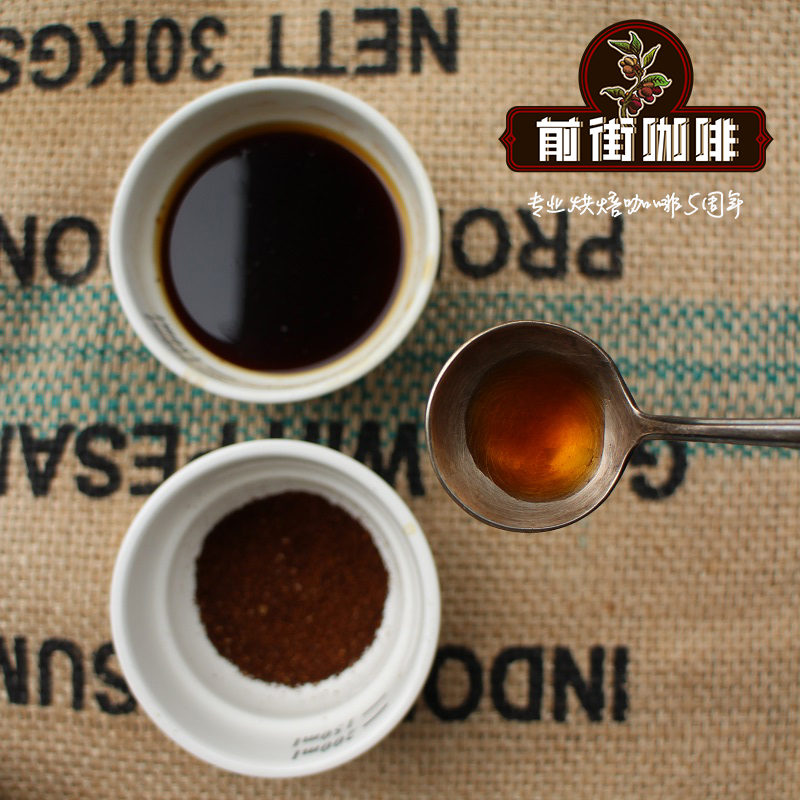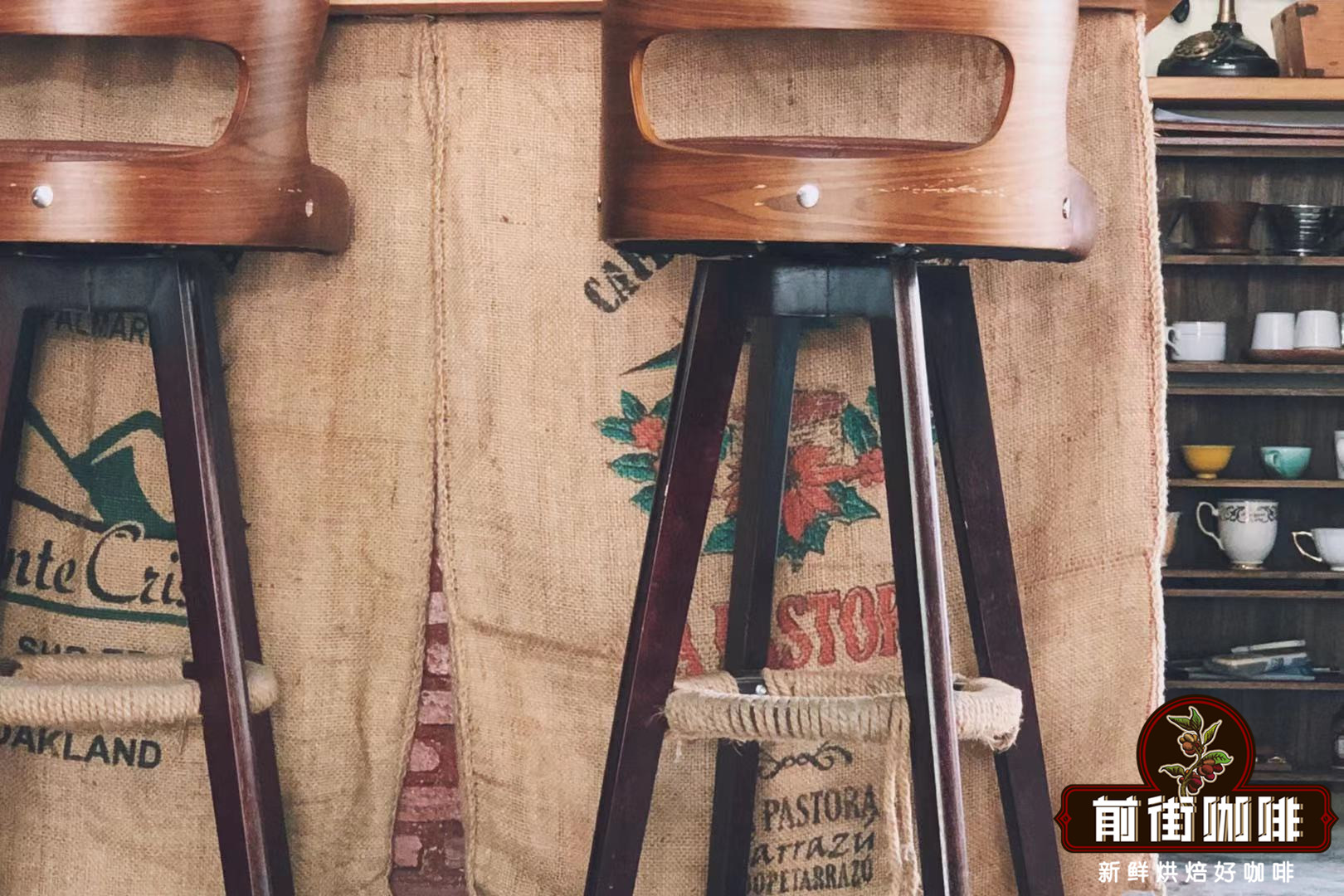Coffee variety introduction: what is the variety of Kent coffee kent coffee kent coffee beans

Professional coffee knowledge exchange more coffee bean information please follow the coffee workshop (Wechat official account cafe_style)
Most of the fine beans are covered by the Arabica family. Whether their source is Typica or Java, or the three now famous varieties: Mocha, Bourbon, and Kent.
As for robusta coffee beans, they are mostly used in coffee powder or instant coffee sold in the market. Or mixed with Typeka to produce Timor and Catimor that are resistant to leaf rust (a pest that affects the growth of coffee trees) and can be mass-produced on a large scale.
Kenya has many producing areas that retain native forest ecosystems, protect natural gene pools, support the reproduction of wild coffee varieties, and breed a variety of coffee trees, making the vast majority of Kenyan coffee uncertified "organic cultivation".
At present, the Kenyan government attaches great importance to high-quality coffee production, providing a large number of small coffee farmers with the technology to grow good coffee, and mentoring nearly 300 agricultural transportation and marketing cooperatives for better handling of raw beans. All Kenya coffee will be purchased and tested by the "Kenya Coffee Bureau (Coffee Board of Kenya,CBK)" set up by the government after the harvest is completed, and then the samples will be sent to the buyer. The Kenyan Coffee Bureau (Coffee Board of Kenya,CBK) invests in the production, quality research, sales and even financial guidance of the coffee industry. The overall management system encourages more than 570000 small coffee farmers in Kenya. As long as they have good quality, coffee farmers can get a good price.
The history of coffee cultivation in Kenya dates back to the end of the 19th century. Coffee seeds were introduced from Ethiopia, a neighboring country in the north. Ethiopia is the oldest coffee producing country in the world. At present, there are four common varieties: Bourbon, Kents, Typica and Riuri 11.
Tanshanni coffee was first introduced by Catholic priests in 1898, and then reintroduced to KENT in 1920. Up to now, bourbon and Kent are the main varieties of Tanshannie coffee. On the market, it is fond of comparing Ken coffee with Tanshanni coffee. Generally speaking, Ken coffee is obvious on the bright sour table, but Tanshannie coffee has a soft taste as a whole, especially in the appearance of sweetness.
Indian coffee is harvested from November to March of the following year. In 2010, Direct Coffee was introduced into Yelnoorkhan Estate Farm (Yelnoorkhan Estate), a Baba Budan producing area of 6000 feet above sea level in western India. Alecon Farm is rich in natural ecology. Coffee grows in shaded and fertile soil, and there are many species on the farm of 1450 acres, most of which are Kent trees (which are derived from Arabica). Moreover, it is the most primitive and naturally grown coffee farm in India over the past decade, and it is also the most famous area in India for producing sun beans, which is very different from the monsoon beans on the southern and eastern coastal mountains mentioned above, with much more complex aroma and taste.
Important Notice :
前街咖啡 FrontStreet Coffee has moved to new addredd:
FrontStreet Coffee Address: 315,Donghua East Road,GuangZhou
Tel:020 38364473
- Prev

Introduction to African boutique coffee: the processing flavor of Yega Fay Kochel coffee
Professional coffee knowledge exchange more coffee bean information Please pay attention to Coffee Workshop (Wechat official account cafe_style) Yirgacheffe since 1970, so the washed coffee beans produced here have a unique floral flavor and citrus flavor amazing international, so it has become one of the well-known coffee producing areas in Ethiopia, and floral and citrus flavor are also equated with washed Yega. Yega Xuefei is located
- Next

Flavor characteristics and taste evaluation of Pacas coffee beans introduction to the information of producing areas of Pacas coffee beans
Professional coffee knowledge exchange more coffee bean information please follow the coffee workshop (Wechat official account cafe_style) among the countries of origin in Central America, El Salvador can be said to be the smallest country in land area, although coffee production is much less than other countries, but the Pacific sea breeze and many volcanoes
Related
- Detailed explanation of Jadeite planting Land in Panamanian Jadeite Manor introduction to the grading system of Jadeite competitive bidding, Red bid, Green bid and Rose Summer
- Story of Coffee planting in Brenka region of Costa Rica Stonehenge Manor anaerobic heavy honey treatment of flavor mouth
- What's on the barrel of Blue Mountain Coffee beans?
- Can American coffee also pull flowers? How to use hot American style to pull out a good-looking pattern?
- Can you make a cold extract with coffee beans? What is the right proportion for cold-extracted coffee formula?
- Indonesian PWN Gold Mandrine Coffee Origin Features Flavor How to Chong? Mandolin coffee is American.
- A brief introduction to the flavor characteristics of Brazilian yellow bourbon coffee beans
- What is the effect of different water quality on the flavor of cold-extracted coffee? What kind of water is best for brewing coffee?
- Why do you think of Rose Summer whenever you mention Panamanian coffee?
- Introduction to the characteristics of authentic blue mountain coffee bean producing areas? What is the CIB Coffee Authority in Jamaica?

